👨🎓个人主页:研学社的博客
💥💥💞💞欢迎来到本博客❤️❤️💥💥
🏆博主优势:🌞🌞🌞博客内容尽量做到思维缜密,逻辑清晰,为了方便读者。
⛳️座右铭:行百里者,半于九十。
📋📋📋本文目录如下:🎁🎁🎁
目录
💥1 概述
📚2 运行结果
🌈3 Matlab代码实现
🎉4 参考文献
💥1 概述
本文是一个元胞自动机模型,模拟由于不应期弥散机制引起的心房扑动/颤动。
(4)个细胞簇被快速刺激,导致周期性的激活波
在整个模型表面上传播。由于整个表面不应期的变化,波前在与仍然耐火的区域碰撞时被分解。快速刺激在80步后终止,但激活波前仍然在整个模型表面传播。作者通过寻找不应期短的相邻细胞来仔细选择刺激的细胞簇。我在这里不这样做;我在这里不这样做。相反,我只是不断改变用于分配 K 值的随机数生成器的初始状态,直到我获得自我维持的活动。
在包含模拟的图形窗口中,绘制了三种离散状态:激活或计划(蓝色)、
难熔性(浅蓝色)和静止/可兴奋(白色)。模拟的时间步长
编号显示在激活模式下方。要调制模拟的速度,请将输入参数更改为 pause 语句(在每个步骤中暂停的时间,以秒为单位)。
除了绘制整个表面上随时间变化的激活外,还生成了显示“伪电图”的第二个图。
📚2 运行结果
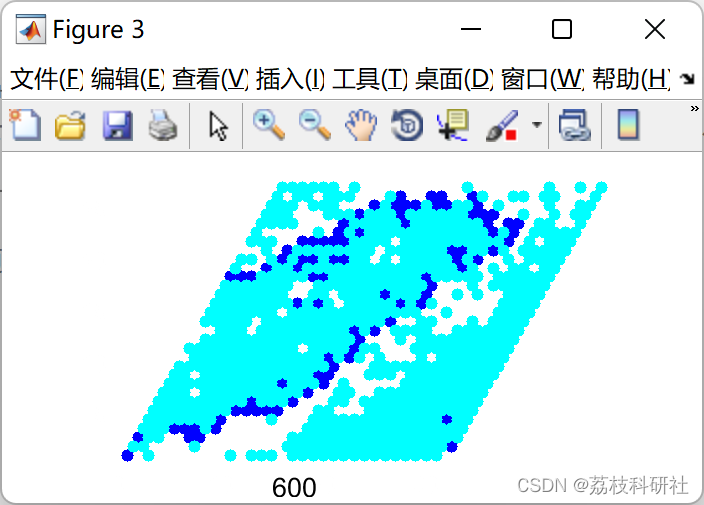
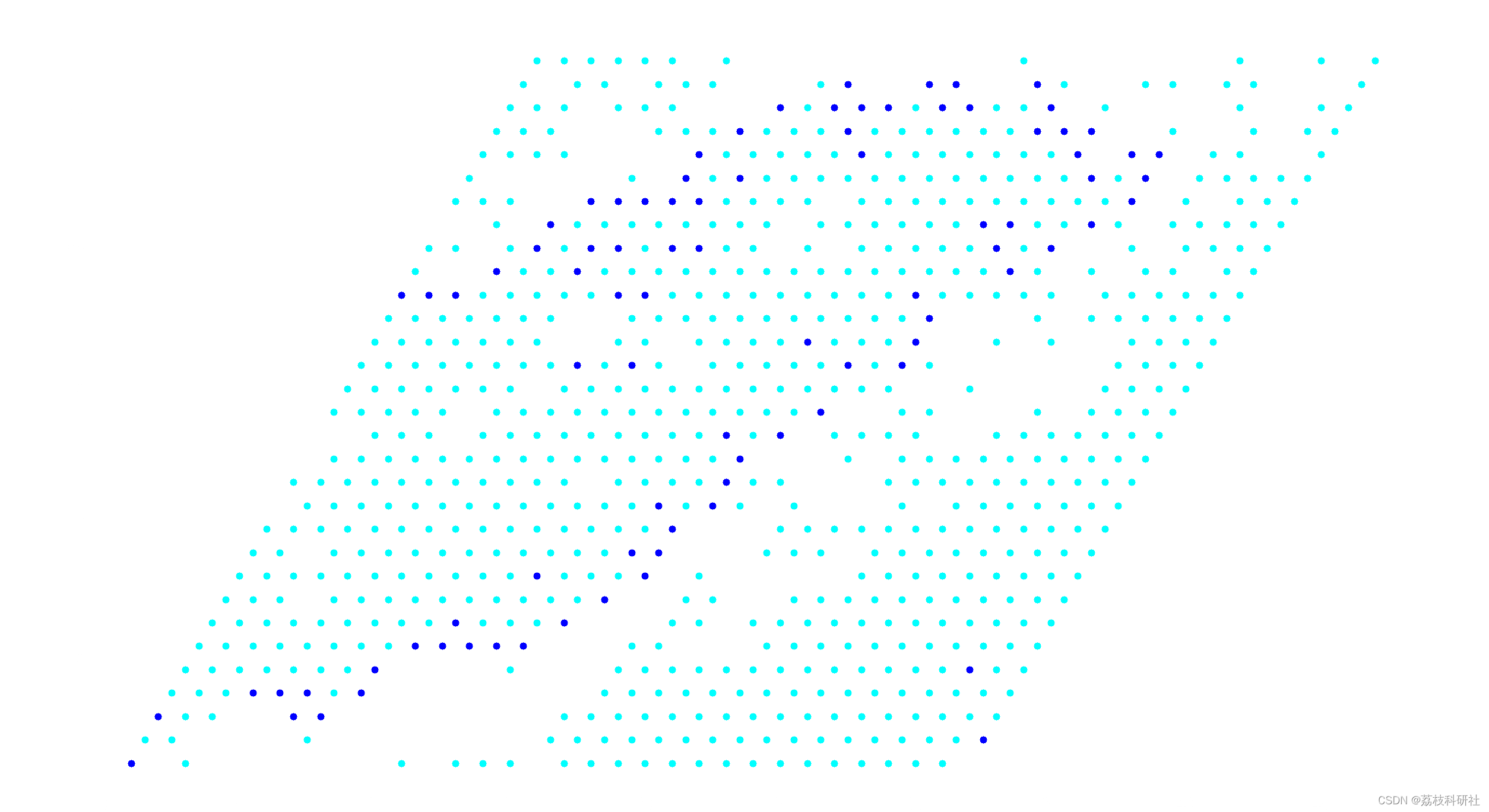
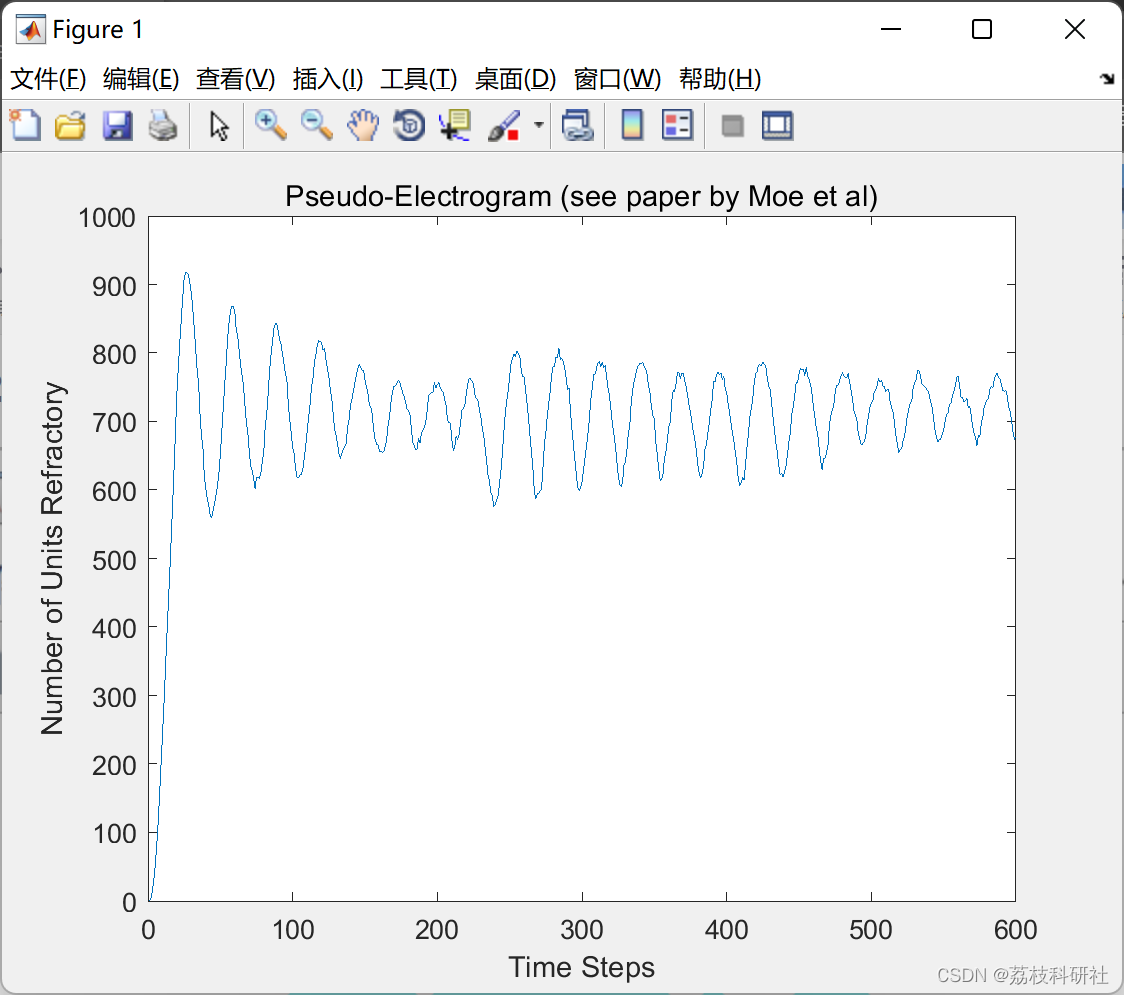
部分代码:
br=[1:31 1:31 zeros(1,34) 32*ones(1,34)]; % Row coordinates of border.
bc=[zeros(1,31) 33*ones(1,31) 0:33 0:33]; % Column coordinates of border.
px=0.5*(br-1)+bc; py=1+(br-1)*sqrt(3)/2; % Convert coords to hexagonal for plotting.
fh=figure('position',[160 325 350 175],'color',[1 1 1]); % [160 325 630 330]
plot(px,py,'w.','markersize',16); hold on % Plot the border.
axis image
axh=gca;
set(axh,'xcolor',[1 1 1],'ycolor',[1 1 1])
th=text(15,-2,'');
sr=[12 12 13 13]'; sc=[8 9 8 9]'; % Coordinates of units to stimulate.
si=sub2ind(size(s0),sr,sc); % Indices of units in cluster to stimulate.
sched=[si ones(size(si))]; % Schedule the units to activate at step 1.
ph1=plot(-2,0,'b.','markersize',16); % Create handles for active points.
ph2=plot(-2,0,'c.','markersize',16); % Create handles for refractory points.
for step=1:600
ia=sched(sched(:,2) == step,1); % Indices into s0 to activate.
ia2=sched(sched(:,2) > step,1); % Additional indices into s0 to plot.
[sy,sx]=ind2sub(size(s0),[ia;ia2]); % Coordinates of activated units.
px=0.5*(sy-1)+sx; py=1+(sy-1)*sqrt(3)/2; % Convert coords to hexagonal for plotting.
set(ph1,'xdata',px,'ydata',py); % Update plot of active units.
if step > 1
[ry,rx]=ind2sub(size(s0),inz); % Coordinates of refractory units.
px=0.5*(ry-1)+rx; py=1+(ry-1)*sqrt(3)/2; % Convert coords to hexagonal for plotting.
set(ph2,'xdata',px,'ydata',py); % Update plot of refractory units.
drawnow
pause(0.01)
egram(step)=size(inz,1); % Build approx egram based on # of active units.
end
set(th,'string',num2str(step)) % Update timer.
s0=zeros(R,C); s0(ia)=1; % Update matrix of ones/zeros with activated units.
sched(sched(:,2) == step,:)=[]; % Remove activated units from table.
for j=1:size(ia,1) % Loop thru units acitvated at this step.
atimes{ia(j)}=[atimes{ia(j)}; step]; % Append row of atimes with current step.
if size(atimes{ia(j)},1) > 1 % Element has been activated at least twice.
lastcycle=diff(atimes{ia(j)}(end-1:end)); %*dt; % Previous interval (msec).
else
lastcycle=40; % Use default previous interval of 40 steps.
end
arp(ia(j))=round(k(ia(j))*sqrt(lastcycle)); % Set ref pd for units just active.
end
% Determine units to schedule for future activation.
ins0=[]; % Indices of neighbors of active units.
for jj=1:size(nhood,1) % Loop through nhood building column of neighbors.
ins0=[ins0; find(matrixShift(s0,nhood(jj,1),nhood(jj,2)))];
end
if step < 80
srp=arp(si);
ins0=[ins0; si(srp<1)];
end
ins0=unique(ins0); % Exclude redundancies.
ins0=setdiff(ins0,ia); % Exclude currently active elements.
ins0=setdiff(ins0,sched(:,1)); % Exclude units already scheduled for activation.
inz=find(arp > 0); ins0=setdiff(ins0,inz); % Exclude units in state 1 (absolute refractory).
ia2=intersect(ins0,find((arp == 0) | (arp == -1))); % Units in state 2.
sched=[sched;[ia2 step+4*ones(size(ia2))]]; % Schedule to activate in 4 steps.
ia3=intersect(ins0,find((arp == -2) | (arp == -3))); % Units in state 3.
sched=[sched;[ia3 step+3*ones(size(ia3))]]; % Schedule to acivate in 3 steps.
ia4=intersect(ins0,find((arp == -4) | (arp == -5))); % Units in state 4.
sched=[sched;[ia4 step+2*ones(size(ia4))]]; % Schedule to acivate in 2 steps.
ia5=intersect(ins0,find(arp == -6)); % Units in state 5 (completely recovered).
sched=[sched;[ia5 step+ones(size(ia5))]]; % Schedule to acivate at next step.
arp=max(-6,arp-1); % Update refractory period.
end
figure; plot(egram);
title('Pseudo-Electrogram (see paper by Moe et al)')
xlabel('Time Steps')
ylabel('Number of Units Refractory')
% =================== Sub functions ===================
function out=matrixShift(m,r,c)
% MATRIXSHIFT Shift all elements of matrix m up by r rows and right
% by c columns. Rows and/or columns of zeros are used to fill voids.
for k=1:abs(r)
if r > 0, m=[m(2:end,:); zeros(1,size(m,2))];
else m=[zeros(1,size(m,2)); m(1:end-1,:)];
end
end
for k=1:abs(c)
if c > 0, m=[zeros(size(m,1),1) m(:,1:end-1)];
else m=[m(:,2:end) zeros(size(m,1),1)];
🌈3 Matlab代码实现
🎉4 参考文献
部分理论来源于网络,如有侵权请联系删除。
[1]American Heart Journal 1964; 67(2):200-220.
[2]Peter Hammer (2022). Model of atrial fibrillation/flutter.

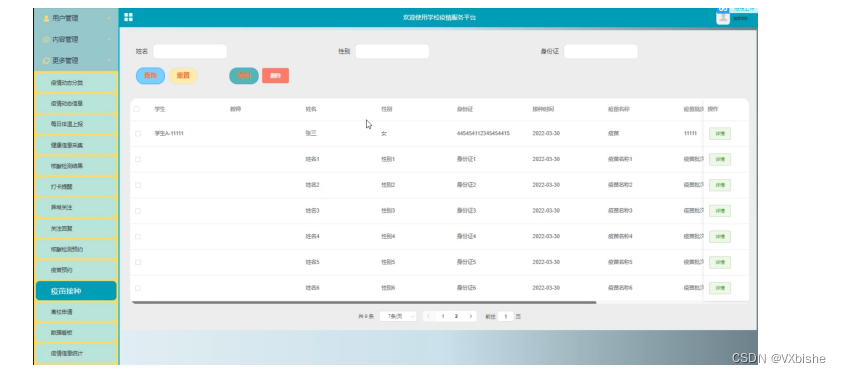
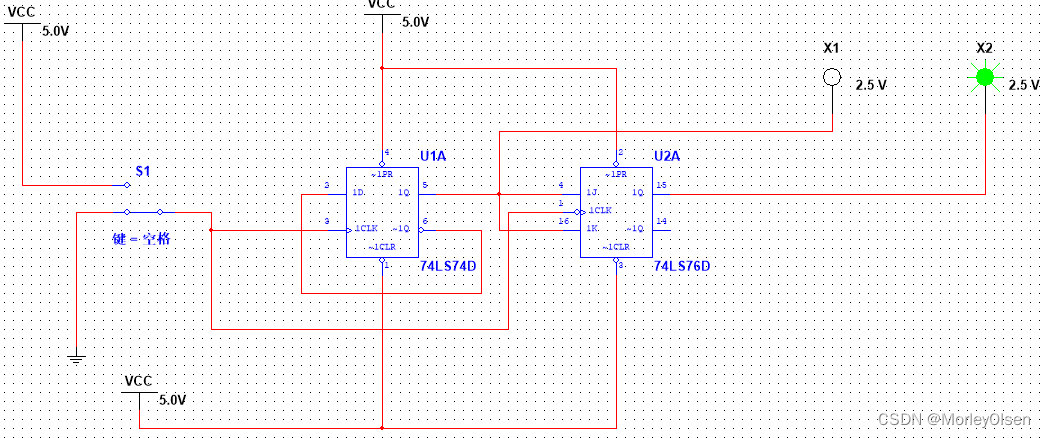

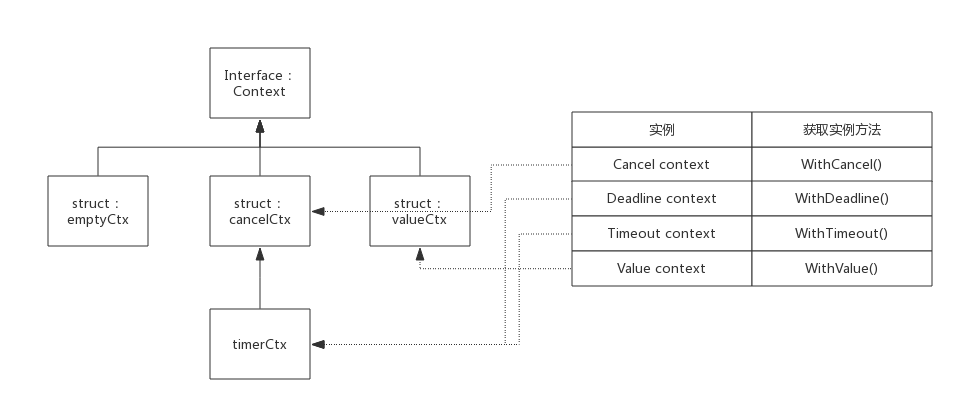
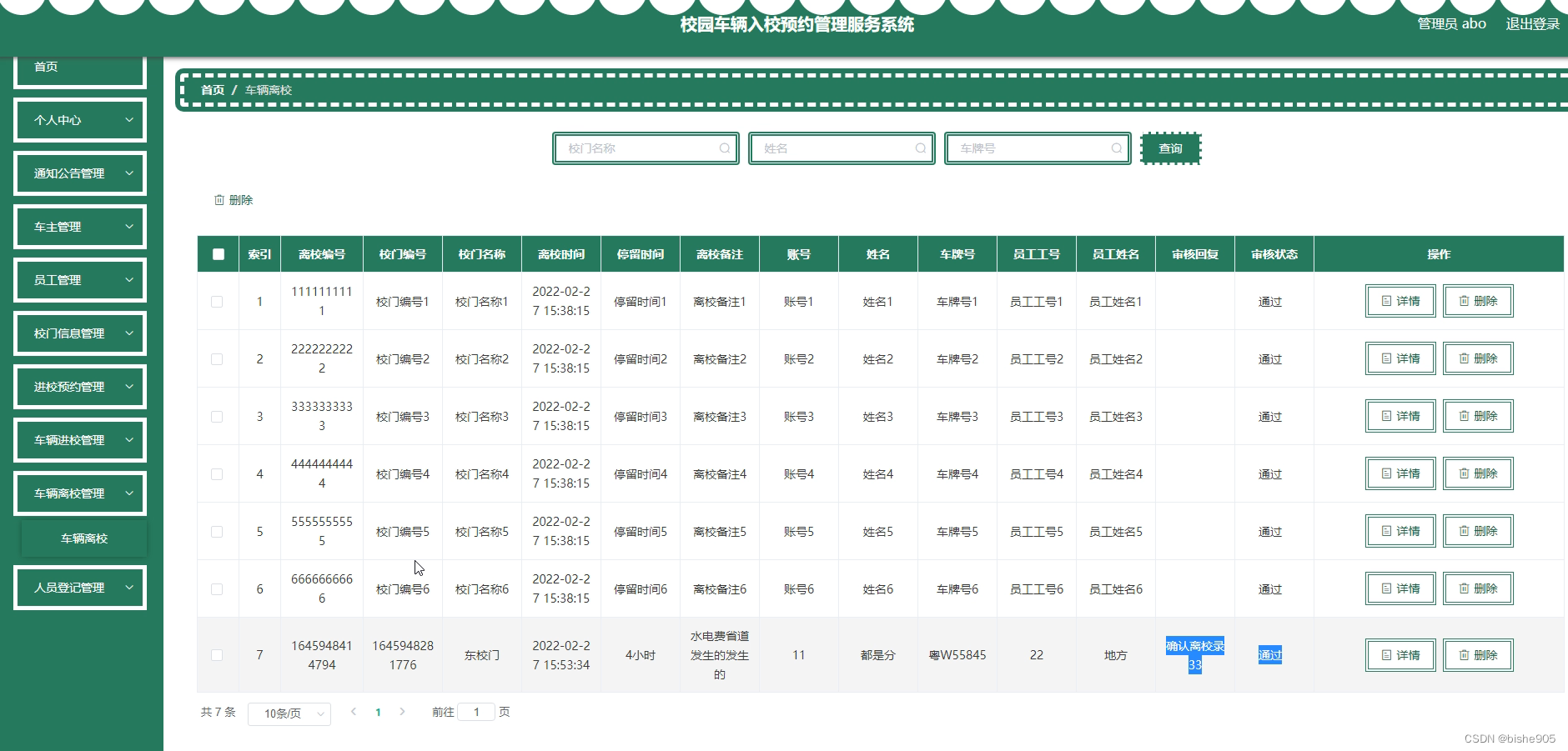

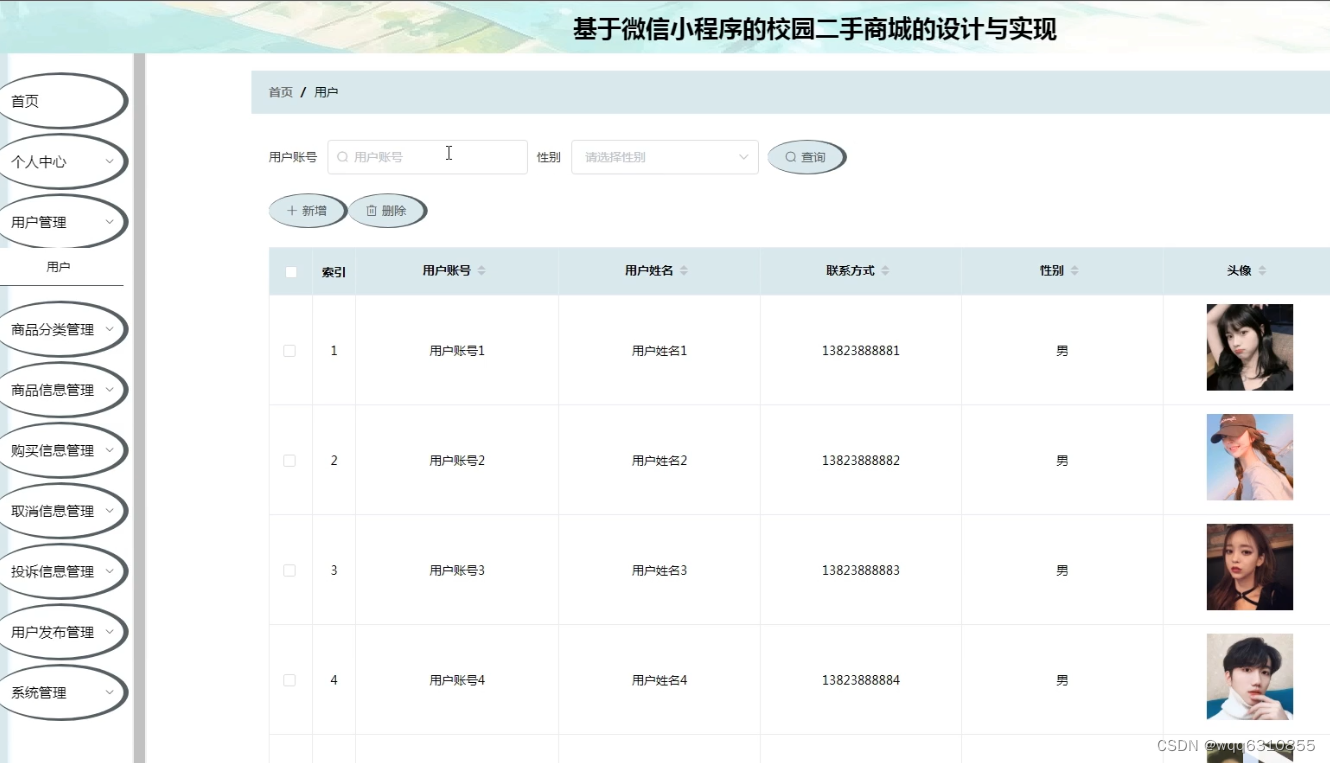
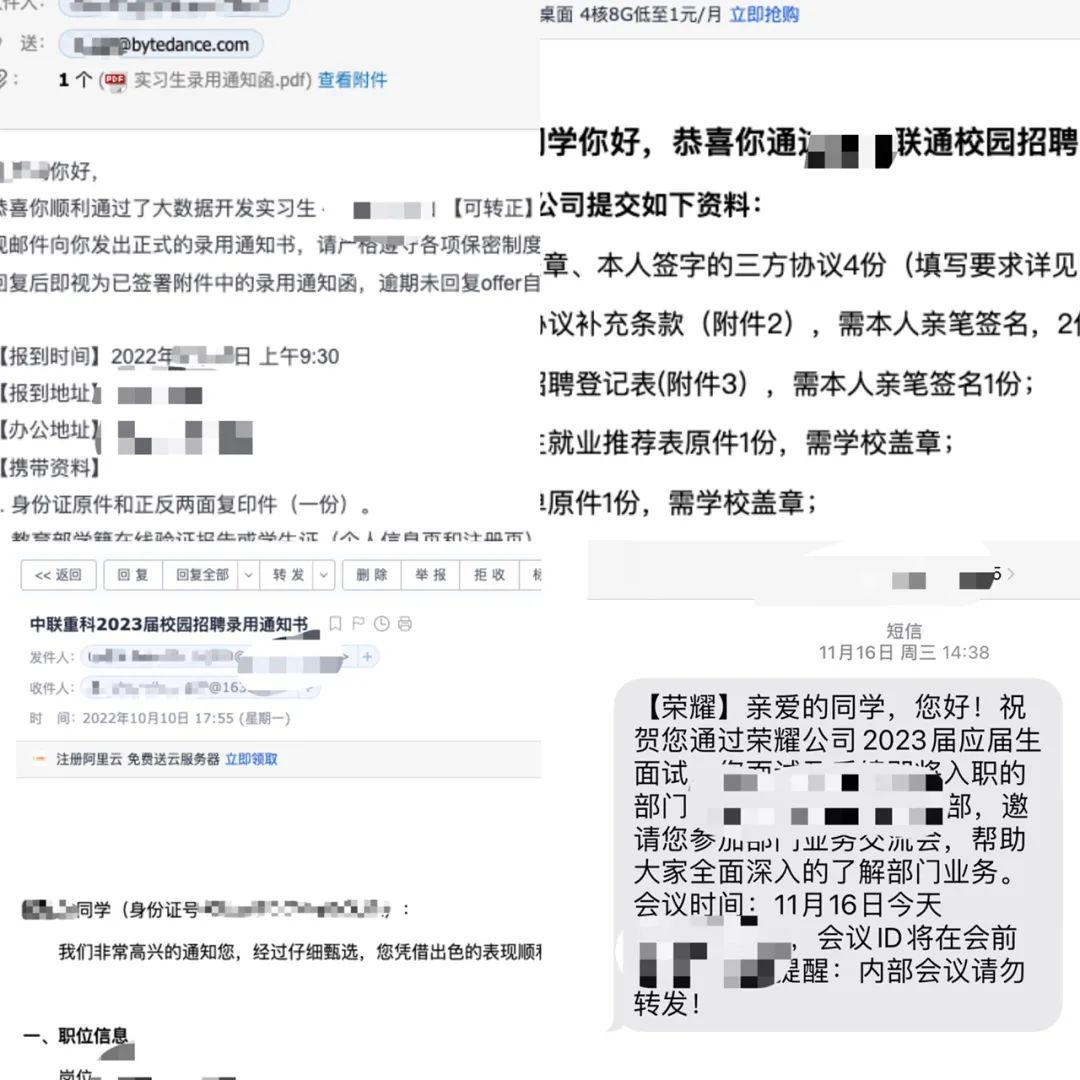



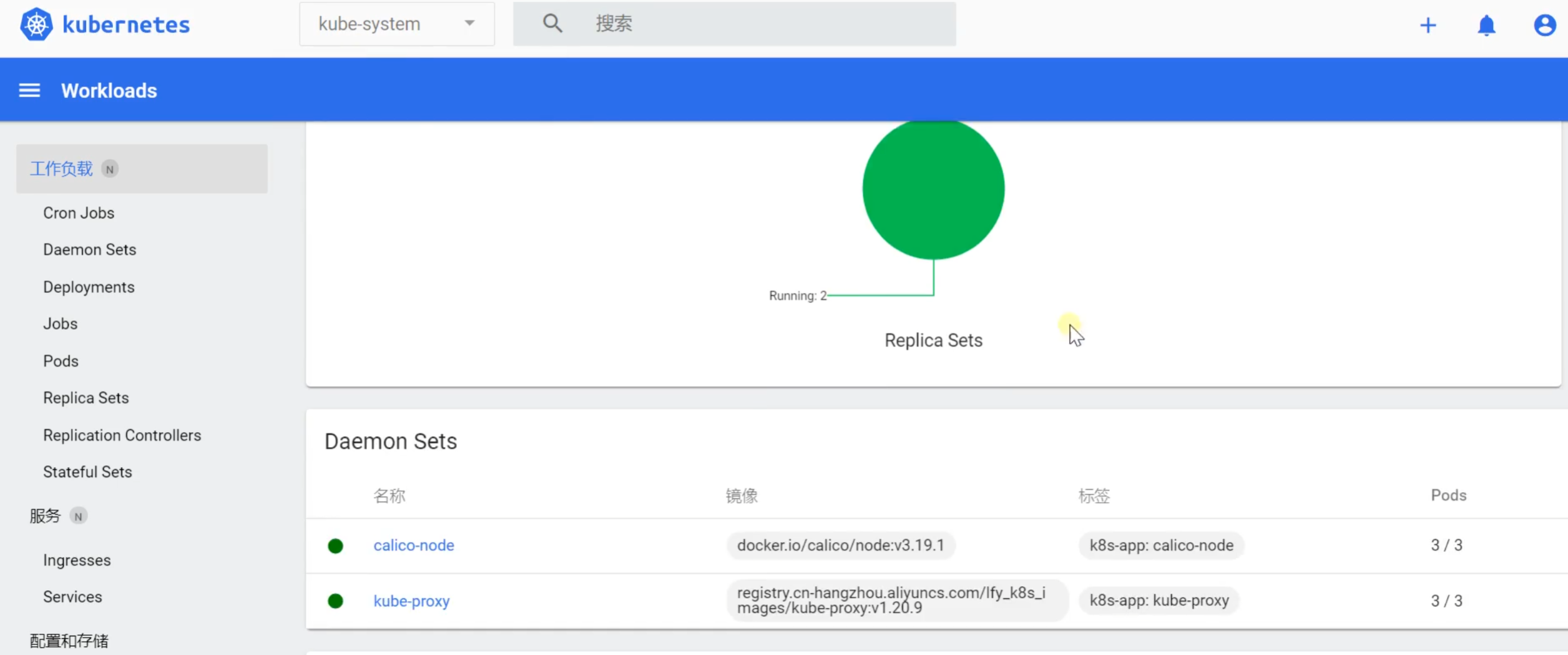


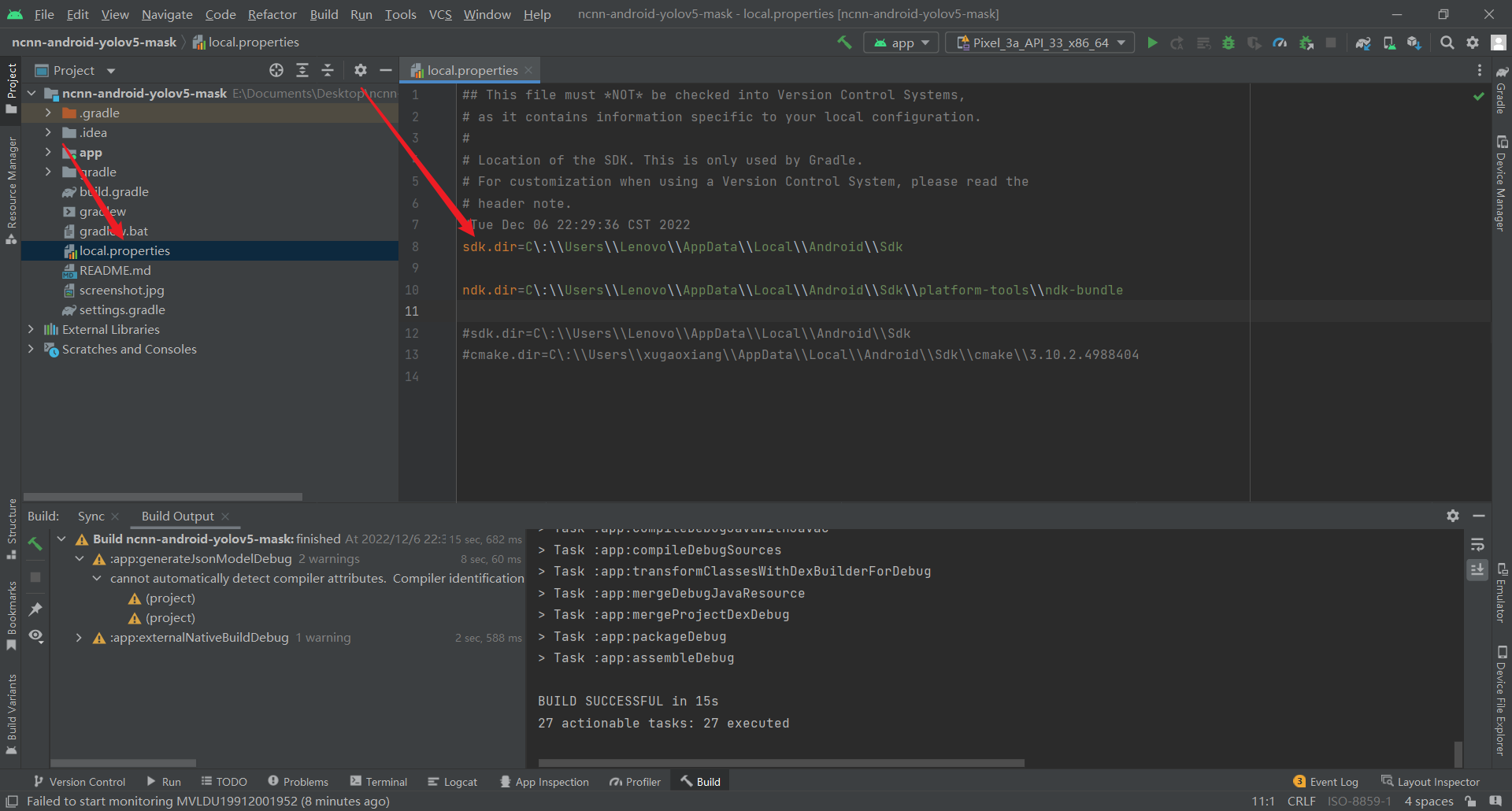

![【无需注册账号】只需两步, Ai Studio上也可以玩[ChatGPT]了](https://img-blog.csdnimg.cn/img_convert/b92a0899d329d252c5d708cc0a1df9e1.png)


